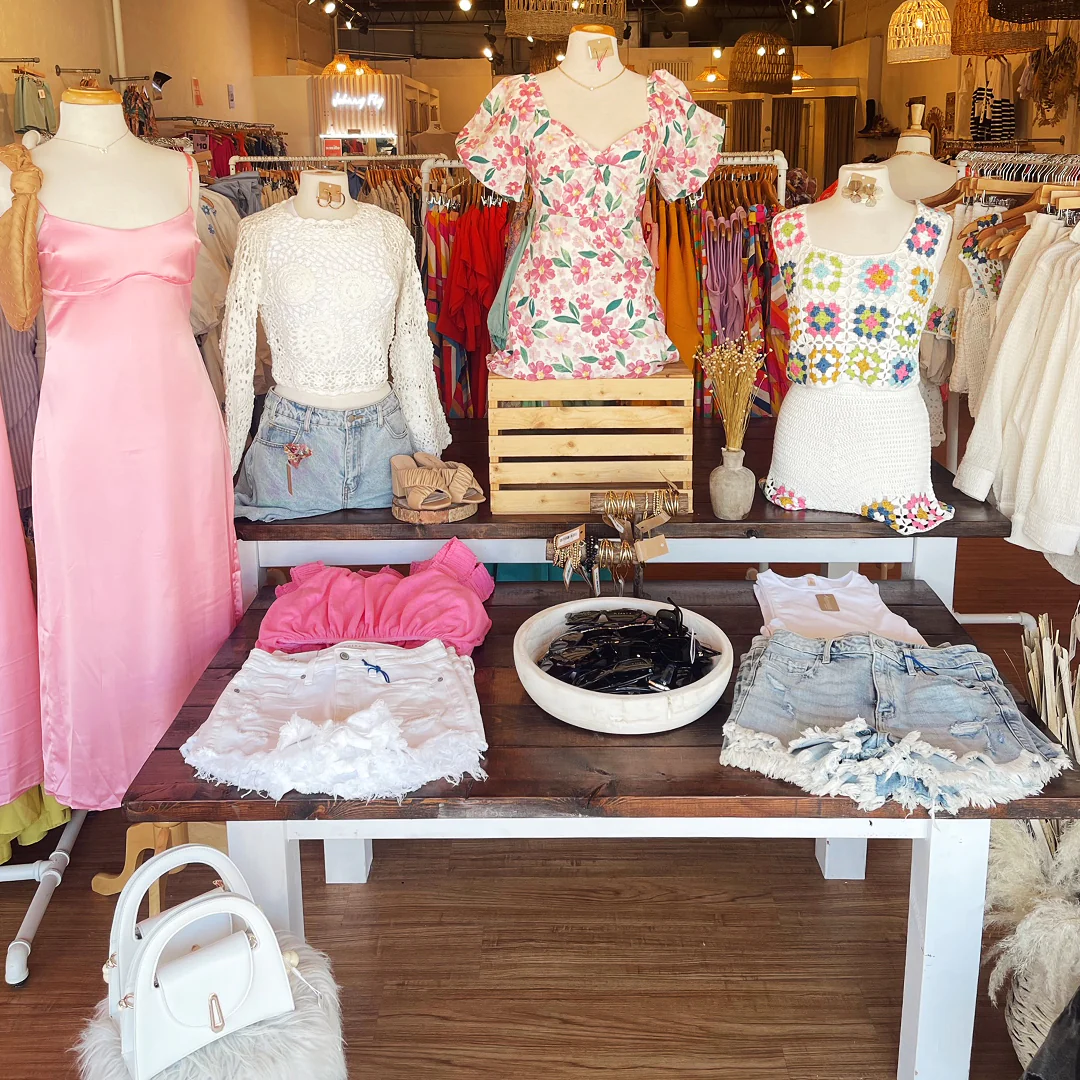A Deep Study the World of High-Fashion Runways: Understanding Clothing as Art
Designers, a lot like skillful artists, weave intricate stories via material, kind, and shade, challenging traditional standards and redefining charm standards. As we discover these sartorial spectacles, we must ponder: what duty does fashion play in forming societal worths, and exactly how does it mirror the ever-changing tapestry of human emotion and identity?
The Development of Runway Reveals
The trajectory of path programs has changed significantly over the years, developing from exclusive market events to fascinating eyeglasses that blend fashion with art. Commonly, path shows were intimate affairs, held in ateliers or small locations, largely gone to by customers and sector insiders. These early discussions concentrated on the garments' workmanship and commercial stability, supplying a sensible and direct display screen of seasonal collections.
As the garment industry broadened, the nature of path shows began to alter. The 1970s and 1980s noted a transforming factor, with designers looking for to distinguish themselves with more staged discussions. This era saw the rise of intricate sets, choreographed models, and thematic stories, heralding a new age where the path came to be an experiential system. The shows transformed right into a type of narration, where each collection shared a distinct narrative or concept.
In the last few years, innovation and social media sites have further transformed path shows, making them obtainable to an international audience. Livestreaming and digital systems have democratized fashion, allowing enthusiasts worldwide to witness these events in real-time (boutique fashion). This evolution reflects a broader social change, where high-fashion runways act as a dynamic intersection of performance, innovation, and design
Designers as Dreamer Artists
Just how have designers transcended their roles to become visionary musicians? Designers in the high-fashion industry have actually blurred the lines between practical garment development and the conceptual world of art. This change appears in the way they approach their collections, not just as apparel but as extensive expressions of identity, feeling, and culture. By accepting creative techniques such as sculpture, paint, and progressive setups, designers craft garments that challenge traditional fashion standards and raise them to art forms.
Visionary designers attract inspiration from a myriad of sources, consisting of abstract art, historical recommendations, and individual narratives. They have a distinct ability to picture and appear ideas that press the borders of conventional fashion, commonly redefining visual paradigms at the same time. This imaginative resourcefulness is showcased through remarkable shapes, cutting-edge products, and intricate craftsmanship, which invite customers to experience fashion as greater than simply wearable items.
Additionally, the runway works as a canvas for these musicians, where illumination, songs, and set design coalesce to produce immersive experiences. These presentations are not merely display screens of apparel but are managed efficiencies that stimulate emotion and provoke thought, affirming the developer's role as a real artist in the contemporary cultural landscape.
Cultural Influences in Fashion
Cultural tapestry weaves its my review here intricate patterns into the fabric of fashion, affecting developers worldwide. The vibrant interchange of cultural tales, practices, and icons educates and motivates collections that grace high-fashion paths.
The impact of society on style is frequently seen in the reinterpretation of conventional garments and patterns. For instance, making use of Japanese kimonos, Indian saris, or African prints in contemporary fashion shows a mix of cultural authenticity and modern looks. Designers such as Valentino's Pierpaolo Piccioli and Alexander McQueen's Sarah Burton have actually been understood to incorporate abundant cultural concepts right into their couture collections, equating history into wearable art.

Development in Material and Style
Advancement in textile and style constantly improves the landscape of high-fashion, pressing boundaries and redefining possibilities. Developers are significantly discovering the combination of technology, such as 3D printing, which enables for the development of intricate structures that were previously unbelievable.
Additionally, sustainability has actually come to be an essential motif in fabric advancement. The style market is witnessing a rise in the usage of green products, stemmed from recycled plastics, organic fibers, and even biodegradable components. These technologies not just provide new textures and aesthetic appeals however likewise address essential environmental concerns. Developers are accepting these materials to craft garments that are both conscious and visually striking of their ecological footprint.
In regards to layout, avant-garde silhouettes and experimental forms are continuously changing the path. By incorporating unconventional products and innovative techniques, designers grow garments that obscure the line in between fashion and art, setting brand-new requirements for imagination and expression in the high-fashion ball.
Impact of Style on Society
Fashion possesses a profound impact on culture, offering as both a representation of social identity and a driver for social modification (boutique fashion). Through its development, fashion has mirrored social changes, encapsulating the zeitgeist of numerous periods.
Moreover, fashion has the power to bridge social spaces, fostering understanding and admiration amongst varied groups. As globalisation accelerates, the cross-cultural exchange of fashion concepts comes to be progressively substantial, promoting inclusivity and variety. The increase of streetwear, stemming from metropolitan subcultures, highlights how fashion can go beyond socio-economic limits, approving people a method of self-expression and empowerment.
Fundamentally, fashion is not merely about aesthetics; it is a dynamic pressure that affects worths, mindsets, and check this site out societal progress (boutique fashion). By continually engaging with social and social currents, style stays an integral component of the cumulative human experience

Conclusion
Designers, similar to visionary musicians, manage collections that reflect identification, emotion, and cultural narratives, testing typical aesthetics. This intersection of style and artistry not just astounds target markets globally but likewise affects social assumptions and advertises a much deeper admiration for social variety.
Social tapestry weaves its complex patterns right into the textile of fashion, influencing developers globally.Fashion wields a profound influence on society, serving as both a reflection of cultural identity and a driver for social modification.